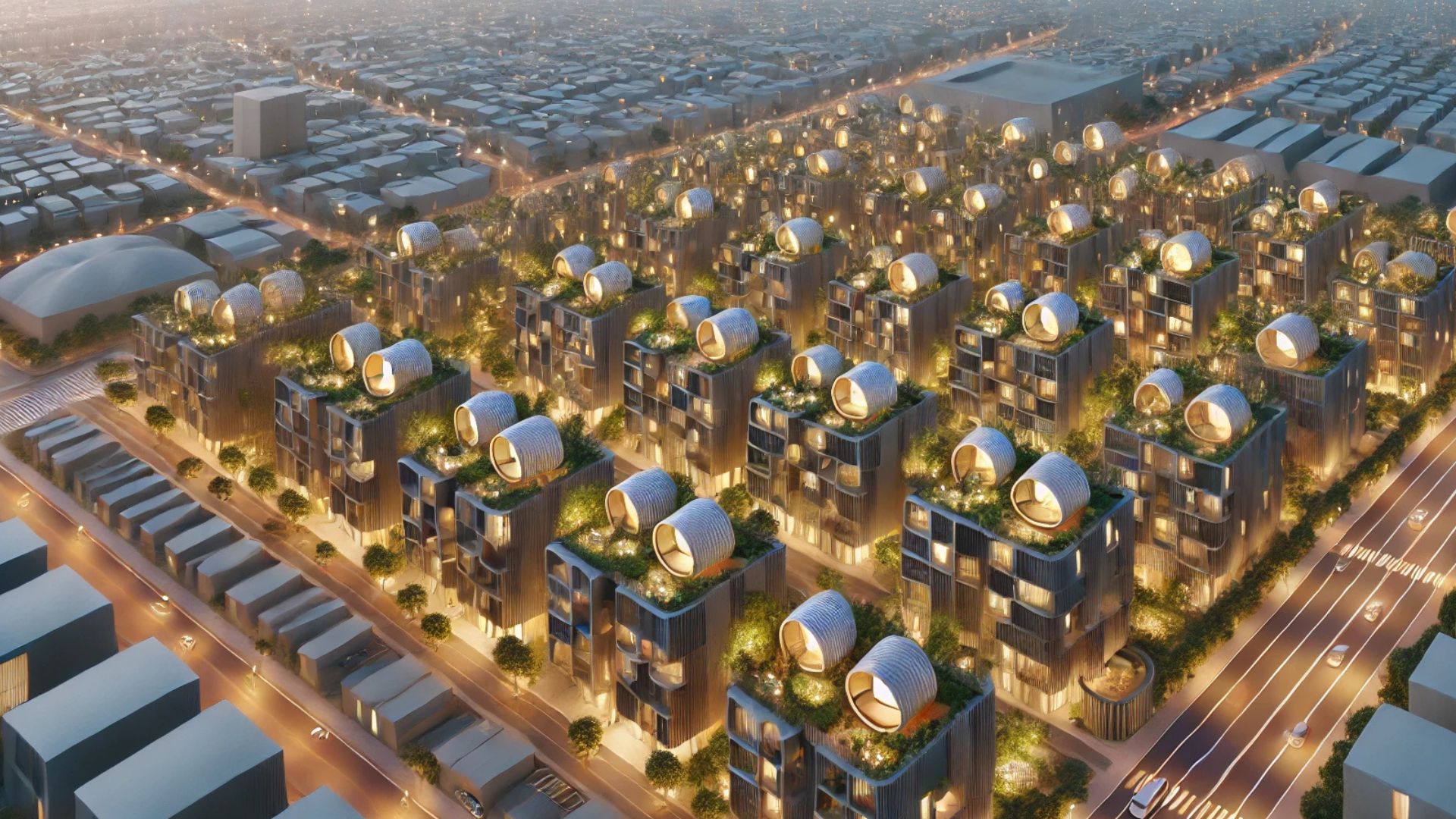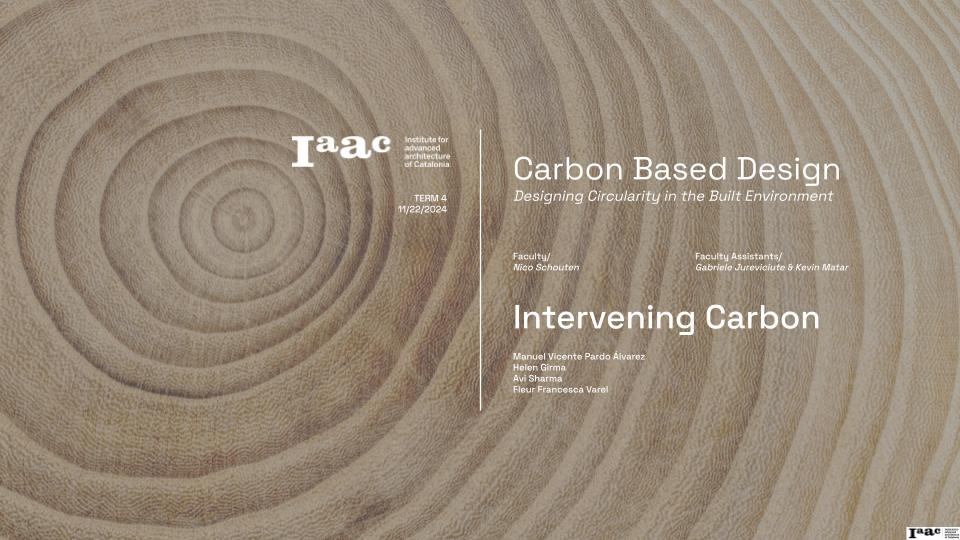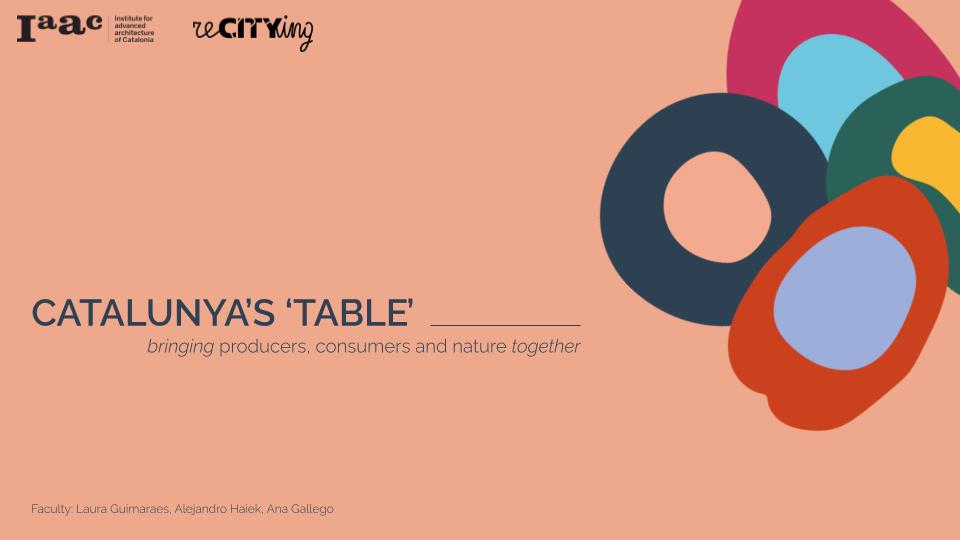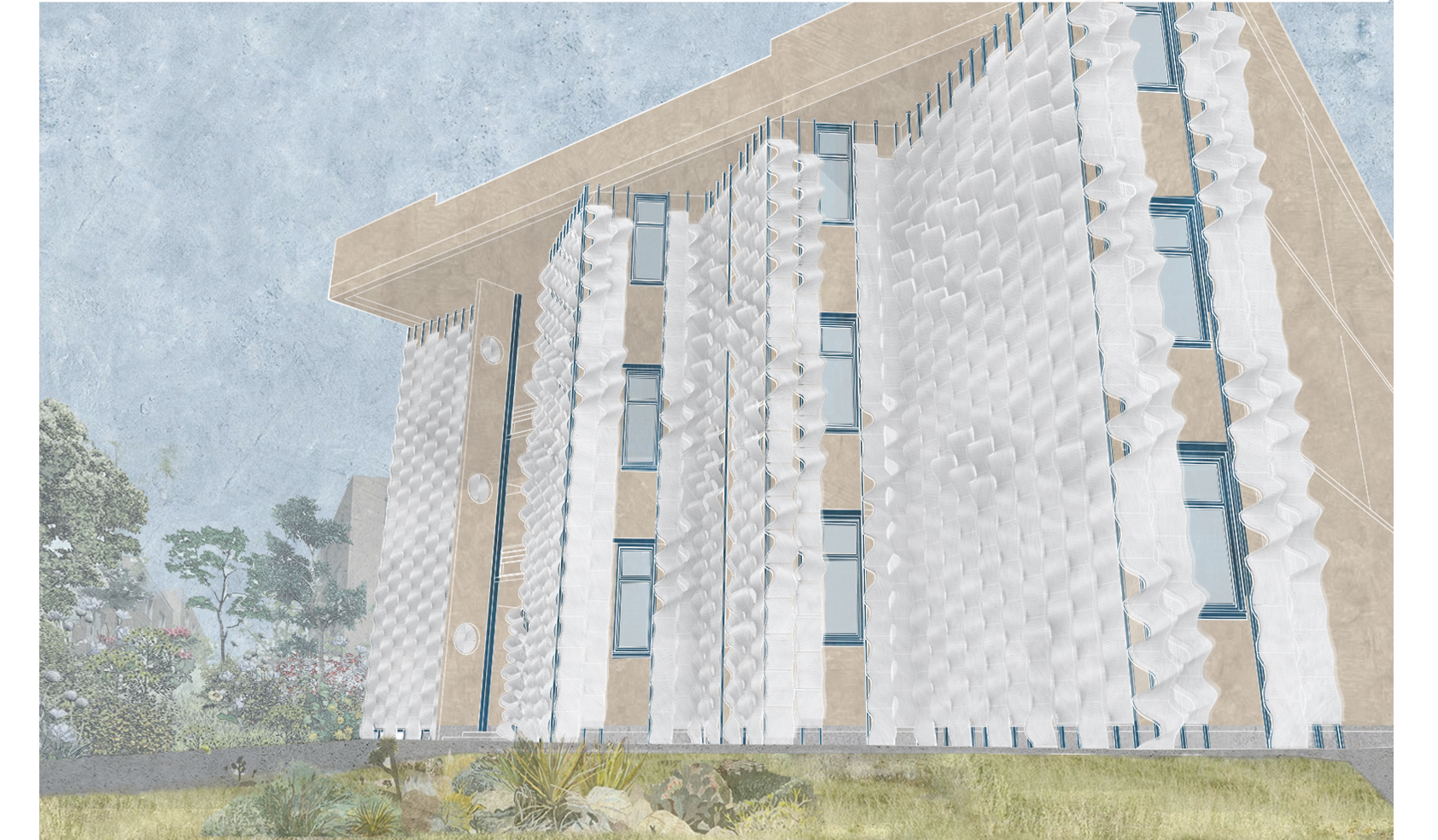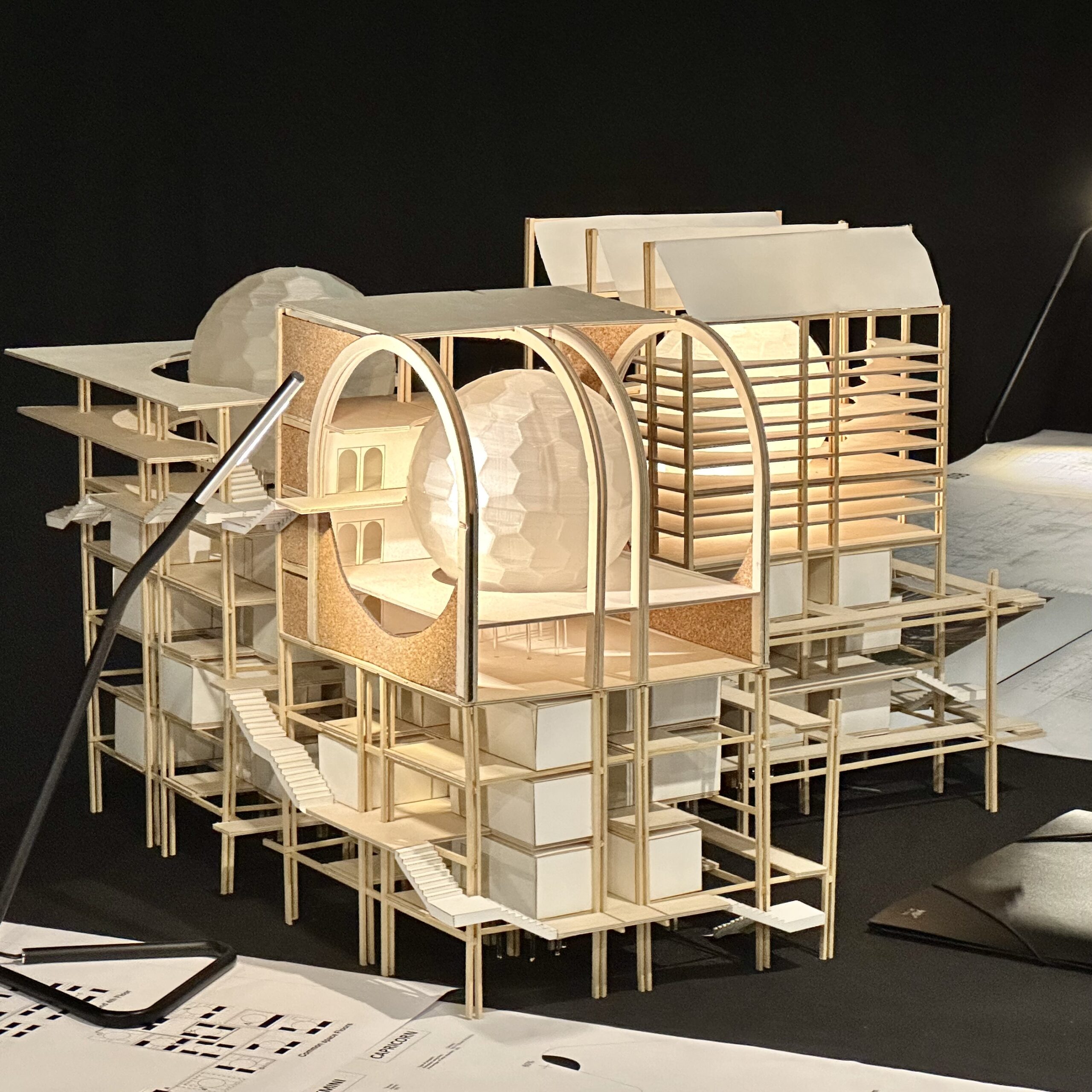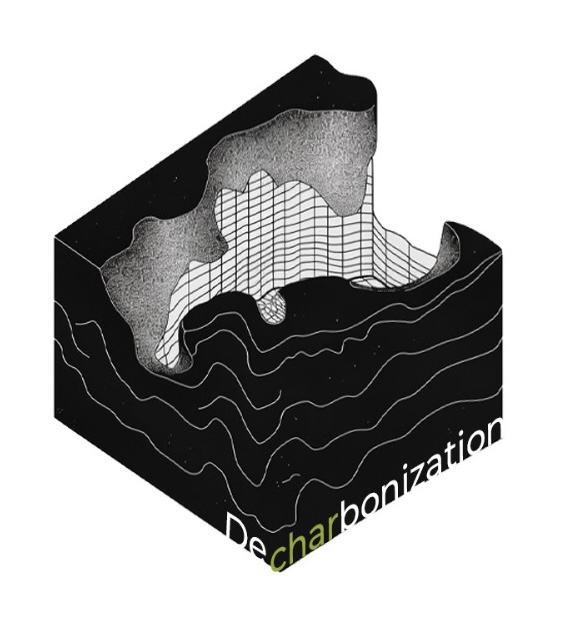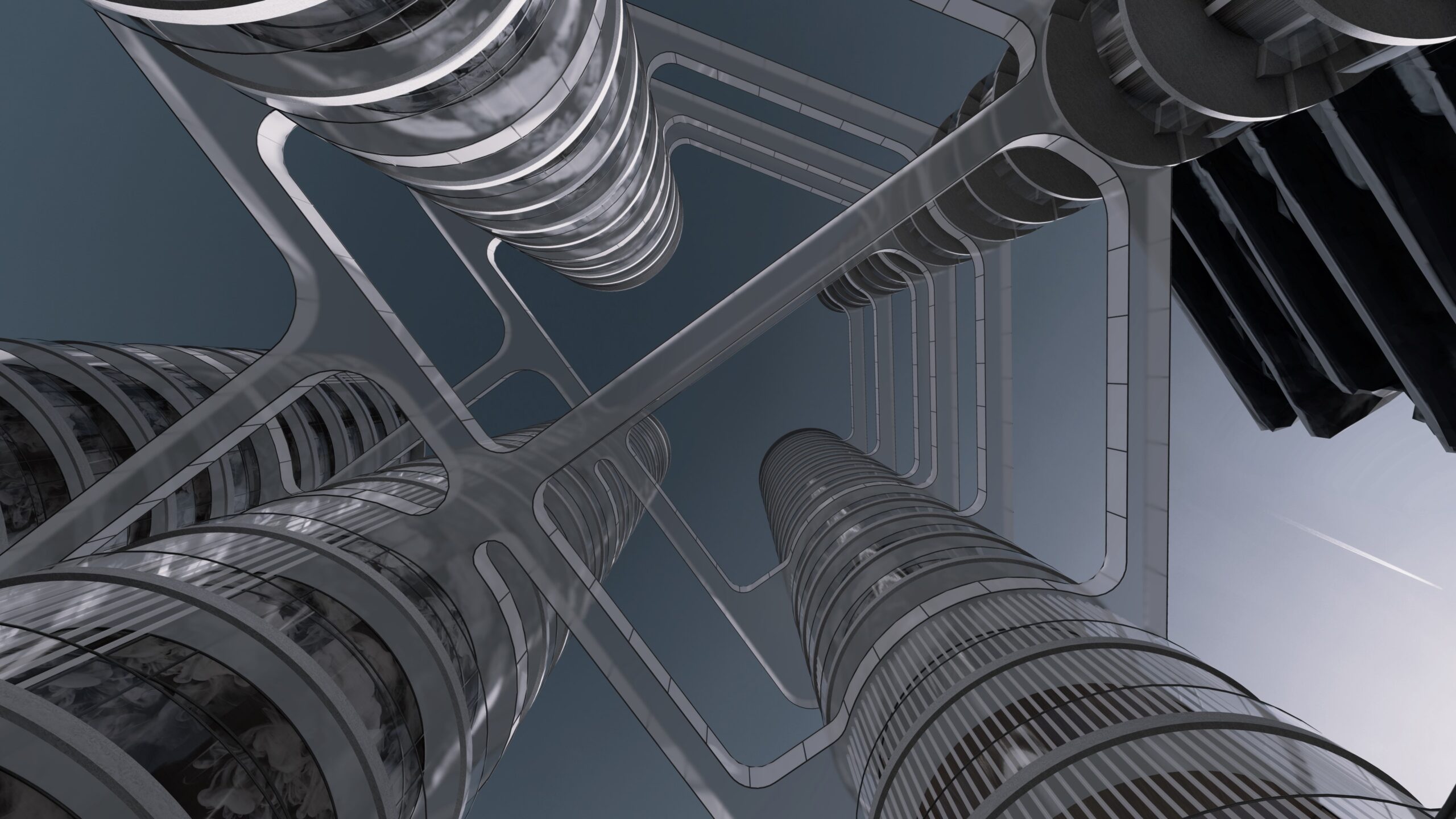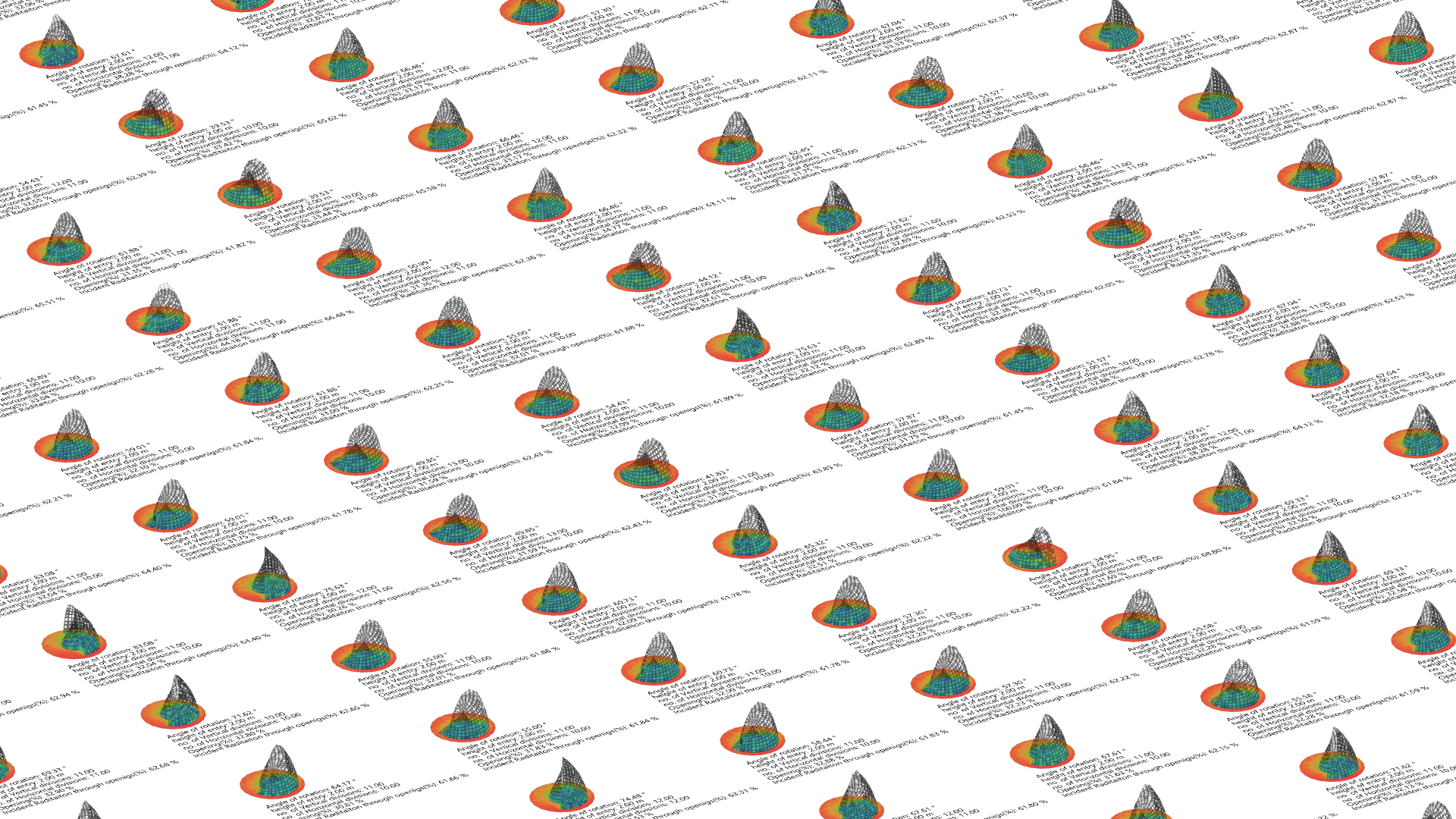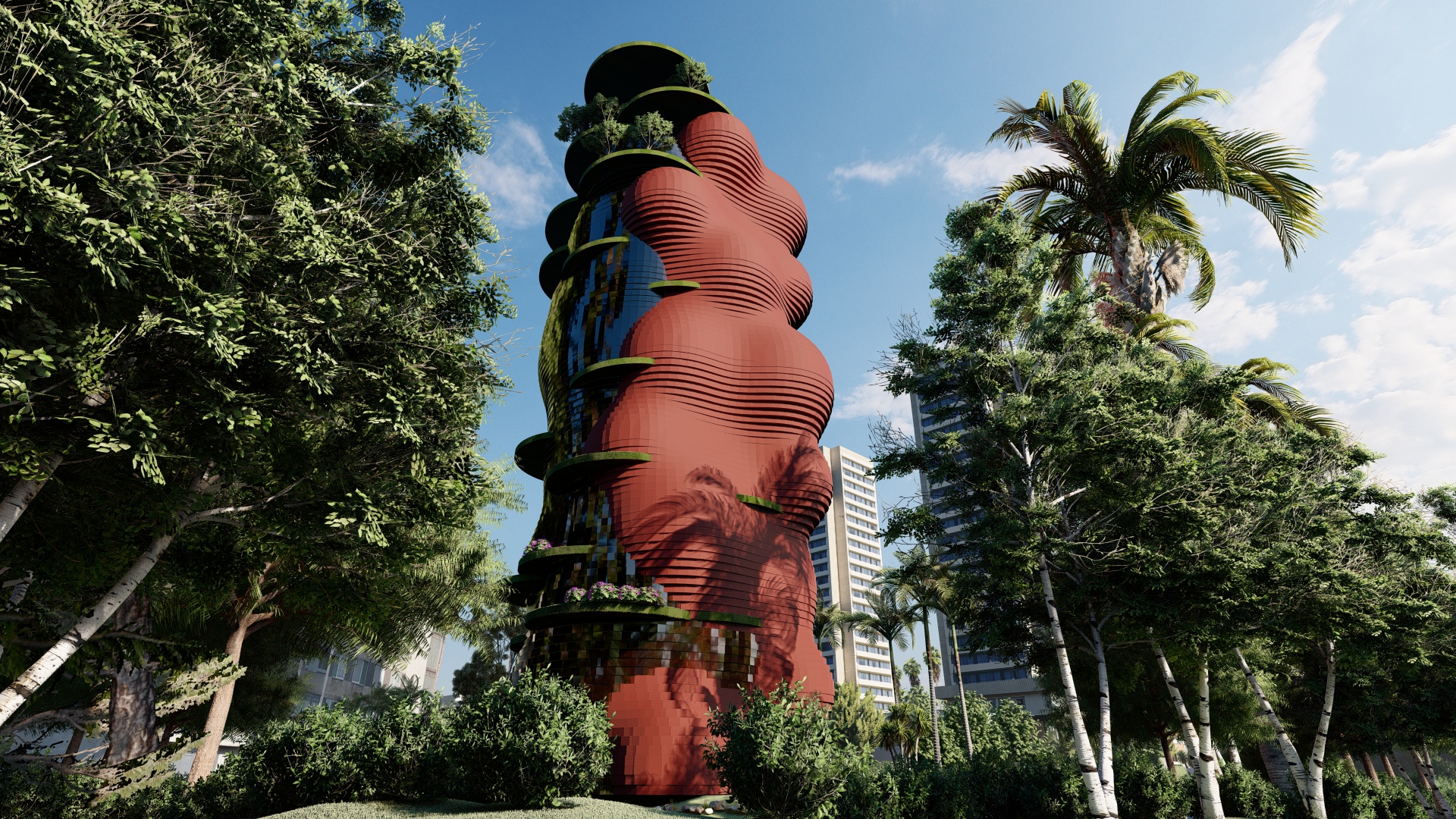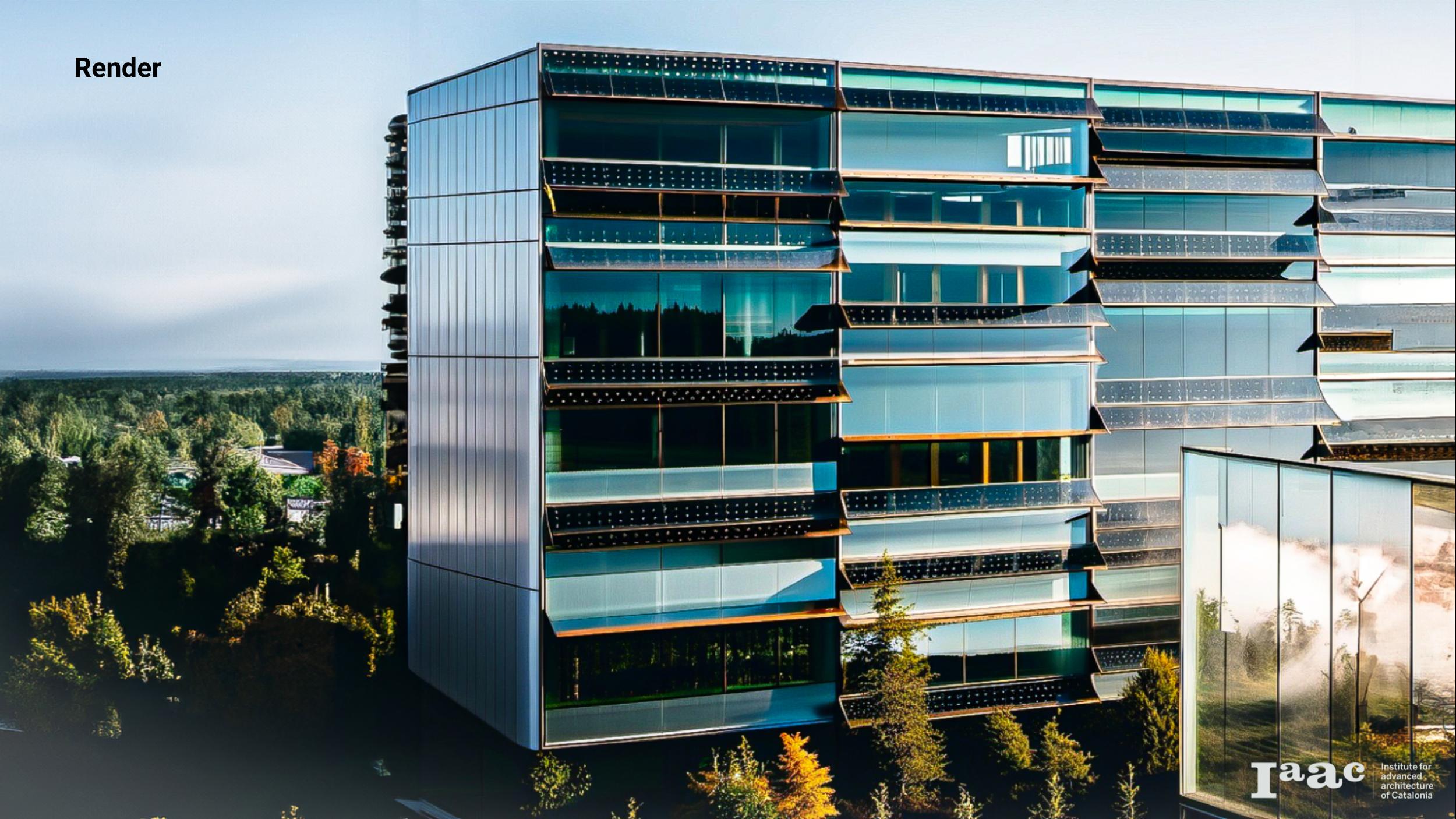BUSINESS INNOVATION
Introduction The global housing crisis highlights the urgent need for affordable, sustainable, and inclusive housing solutions worldwide, Rapid urbanization, rising costs, and unequal access to resources have left millions without adequate housing. A lack of affordable housing options is deepening social inequality in cities across the globe. How Global Housing prices have changed since 2010 … Read more

